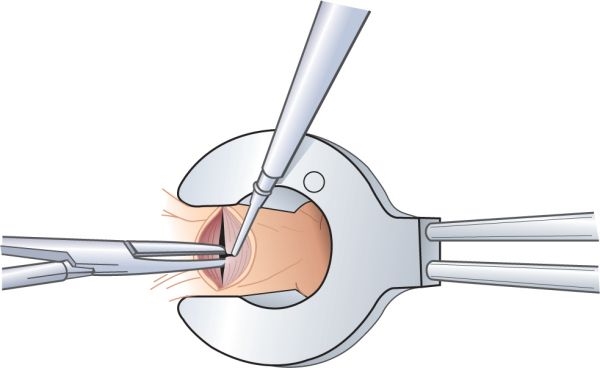Anal Fissure Treatment: Effective Options to Get Relief from Pain
Anal fissures are small tears or cuts in the anus or rectal lining. They are usually caused due to constipation or prolonged passage of hard stool which stretches the anal opening and causes tears. anal fissurescan be extremely painful and cause bleeding during bowel movements. Let us look at some effective treatment options for anal fissures.
Conservative Treatment
Many mild anal fissures can heal with conservative treatment options like dietary modifications and lifestyle changes. Some of the conservative treatment options include:
Dietary Changes: Consuming a high-fiber diet rich in fruits, vegetables and whole grains helps soften stool and promotes easy bowel movements. Drinking plenty of water also hydrates stool. Soft stool is less likely to cause trauma to the anal area and promote healing of the fissure.
Stool Softeners: Over-the-counter stool softeners like docusate can be taken to soften hard stool and prevent straining during bowel movements. Soft stool prevents any further damage to the anus.
Warm Sitz Baths: Soaking the anal area in warm water 2-3 times a day for 15-20 minutes helps relax the sphincter muscle and promote healing. Warm water increases blood flow to the area, eases pain and promotes faster healing.
Topical Nitroglycerin: Nitroglycerin ointment applied topically helps relax the internal sphincter muscle and eases pain. It improves blood flow to promote healing and reduces spasms in the anal sphincter muscle. It helps fissures heal in 4-6 weeks.
If conservative treatments do not provide relief or the fissure persists for over 6-8 weeks, other treatment options need to be considered.
Surgical Treatments
In cases where conservative treatment fails or fissures become chronic, other interventions may be required. Some surgical treatment options include:
Lateral Internal Sphincterotomy: This minor surgical procedure involves making a small cut in the internal anal sphincter under general or local anesthesia on an outpatient basis. It helps reduce pressure in the anal canal, decrease spasms and promote healing of the fissure. This surgery has over 90% success rate in healing chronic fissures.
Fissurectomy: In this procedure, the edges of the fissure are excised to widen the fissure opening and remove scar tissues. This decompresses the area and allow unobstructed healing. It has success rates of 70-80% in healing fissures.
Advancement Flap Surgery: In chronic or complex fissures, a part of the anal lining is mobilized and sutured over the fissure site. This provides padding and protects the Anal fissure Treatment from damage during bowel movements. It promotes healing by covering raw areas.
Botulinum Toxin Injections: Botox injections directly into the internal anal sphincter help reduce excessive spasms and pressure in the anal canal and promote fissure healing. It relaxes muscles and has shown success rates of 60-70%.
These minor surgical procedures provide long lasting relief from symptoms in over 90% cases when conservative treatment fails. Surgery helps heal fissures and prevent recurrence by reducing pressure in the anal canal.
Preventing Recurrence
Once the initial fissure heals, some lifestyle changes can help prevent recurrence. Patients should continue a high fiber diet, stay hydrated, and use stool softeners as needed to prevent constipation. Warm Sitz baths can be continued for a few weeks after healing. Topical nitroglycerin or Botox injections may also be prescribed for a short period.
Reoccurrences are common in conditions like inflammatory bowel diseases which need long term management. Seeing a colorectal surgeon periodically for follow up helps manage any recurrent symptoms early. Making dietary and lifestyle changes permanently helps many patients prevent repeat fissures.
Mild anal fissures typically heal with conservative treatment and lifestyle modifications within 6-8 weeks. Surgery provides effective long lasting relief for chronic or complex cases after conservative therapy fails. Following treatment guidelines and preventive measures helps manage pain symptoms and promote long term healing. Following up with a doctor regularly also detects any recurrence early.
Note:
1. Source: Coherent Market Insights, Public sources, Desk research
2. We have leveraged AI tools to mine information and compile it

